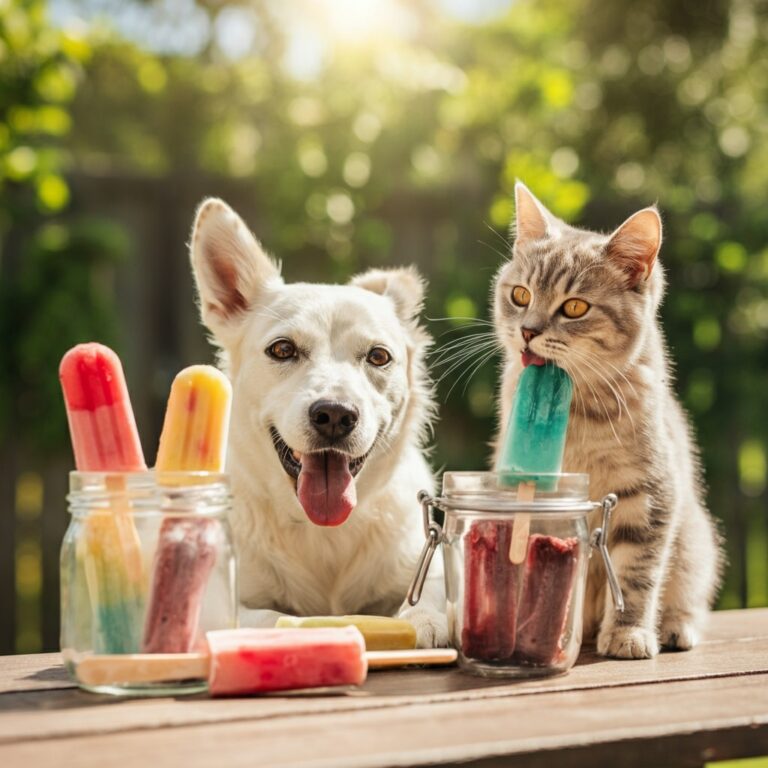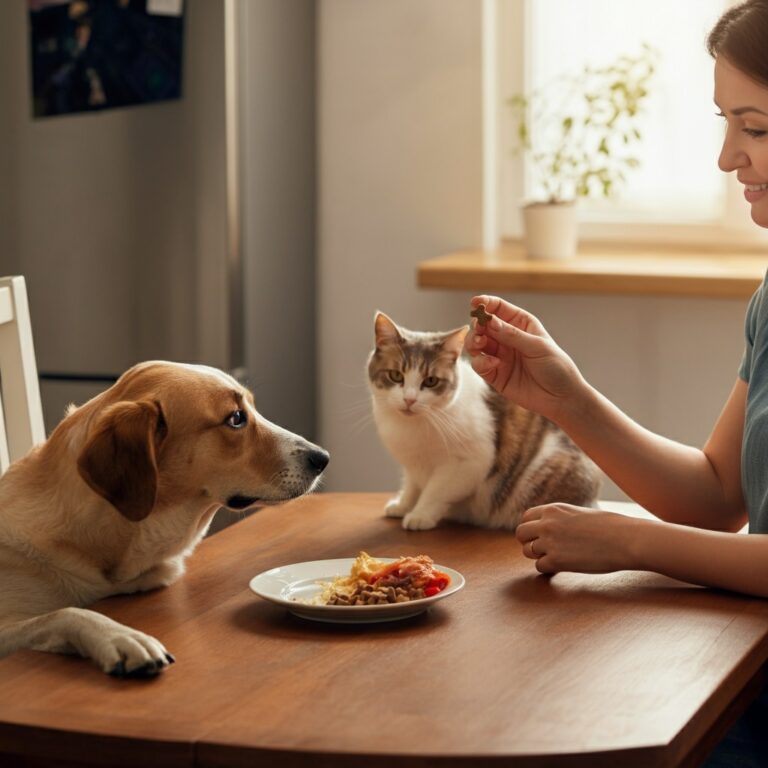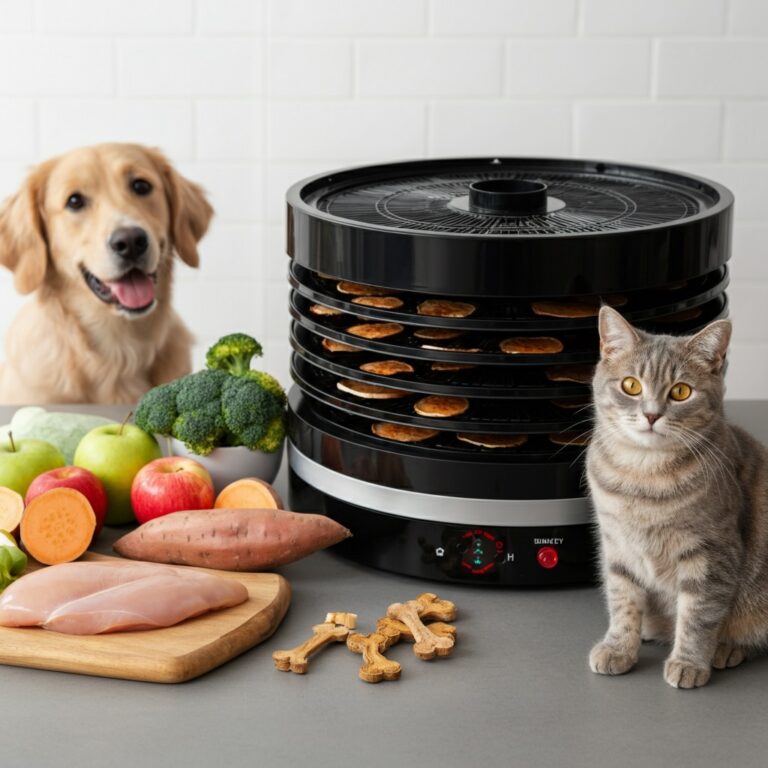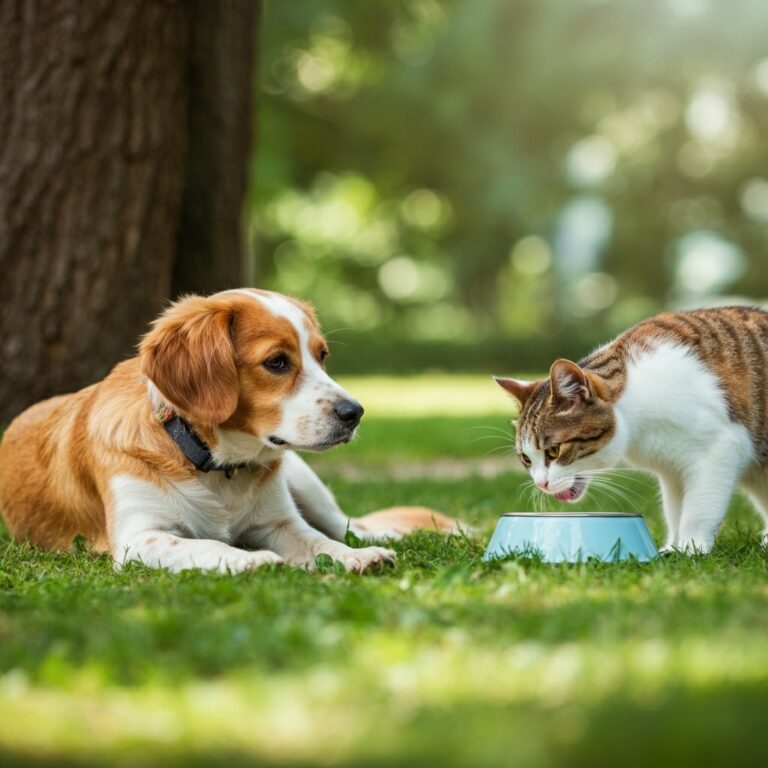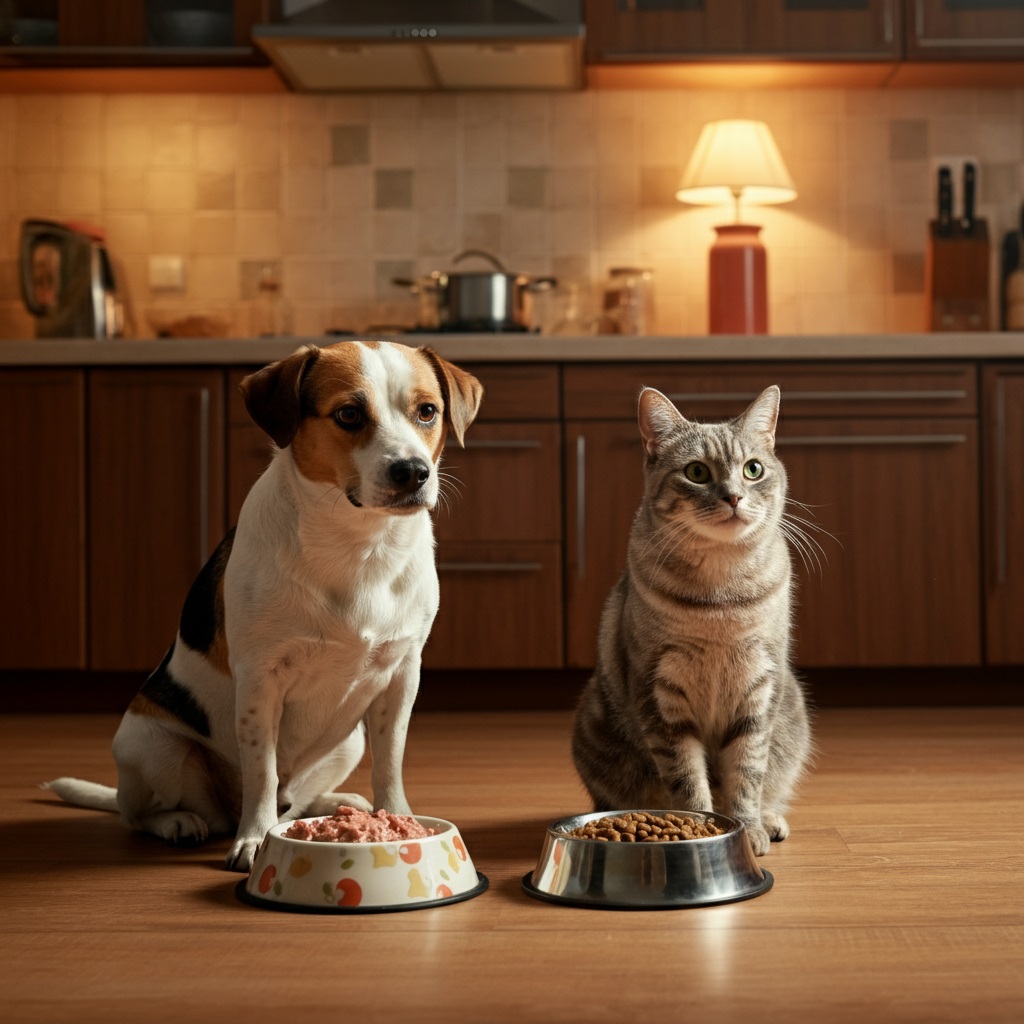
When it comes to feeding your beloved pets, choosing between wet and dry food can feel like a daunting decision. Each option comes with its own set of advantages and drawbacks, and making the right choice requires understanding your pet’s specific needs. This post is here to help you navigate the wet versus dry food debate and make an informed decision for your furry companion.
By the end of this article, you’ll understand the key differences between wet and dry pet food, their health implications, and how to decide what’s best for your pet.
The Basics of Wet and Dry Pet Food
Before comparing the two options, let’s start with the basics.
What is Wet Food?
Wet pet food typically comes in cans, pouches, or trays. It contains higher moisture content, often making it more appealing to pets due to its strong aroma and softer texture. These foods are often seen as a more indulgent and palatable meal.
What is Dry Food?
Dry pet food, commonly known as kibble, is made by baking or extruding the ingredients into crunchy, bite-sized pieces. It’s low in moisture, making it easier to store and handle while offering a longer shelf life.
Now that we know their fundamental differences, let’s explore the pros and cons of each.
The Benefits of Wet Food
Wet food has gained popularity, especially among pet owners looking to provide a more luxurious dining experience for their pets.
Increased Hydration
One significant benefit of wet food is its high water content. Pets, especially cats, are notoriously poor drinkers. Wet food can serve as an additional source of hydration, which is particularly beneficial for pets prone to urinary tract issues or kidney problems.
Easier to Chew
For puppies, kittens, seniors, or pets with dental issues, the soft texture of wet food can make eating more comfortable and enjoyable.
Better Palatability
If your pet is a picky eater, wet food might be your savior. Its scent and flavor are often more appealing to pets, making it a great option for those with reduced appetites.
Richer Nutrient Profile (in Some Cases)
Wet food can often contain higher levels of protein and fat, which can be beneficial for pets with higher energy needs.
However, be mindful of potential drawbacks:
- Wet food is generally more expensive than dry kibble.
- Storing opened cans requires refrigeration and can be less convenient.
- Wet food can contribute to plaque build-up if combined with insufficient dental care.
The Benefits of Dry Food
Dry food has long been a staple for pet owners, and for good reasons.
Convenience
Dry food is easy to store, measure, and serve, making it ideal for busy pet owners. It can be left out for grazing pets throughout the day without spoiling, unlike wet food.
Promotes Dental Health
Crunchy kibble may help reduce plaque and tartar build-up by mechanically cleaning your pet’s teeth, although it’s not a substitute for regular veterinary dental care.
Cost-Effectiveness
Compared to wet food, dry food is typically more affordable. This makes it a budget-friendly option, especially for households with multiple pets.
Long Shelf Life
Dry food can be stored for longer periods without refrigeration, reducing waste and the need for frequent restocking.
That said, there are some considerations:
Continues after advertising
- Pets may find dry food less palatable than wet food.
- It can lack the hydration benefits that wet food offers, which may be a concern for some pets.
Wet Food vs. Dry Food. How Do They Compare?
Hydration Levels
- Winner: Wet food
Cats and dogs who don’t drink enough water or have kidney issues can benefit greatly from wet food’s moisture content.
Taste and Palatability
- Winner: Wet food
For picky eaters or pets with decreased appetites, wet food reigns supreme.
Ease of Feeding
- Winner: Dry food
Dry food’s convenience and long shelf life make it a practical option for busy pet owners.
Cost
- Winner: Dry food
For pet owners on a budget, dry food is often the more economical choice.
Dental Benefits
- Winner: Dry food
While it doesn’t replace dental care, dry kibble can help reduce plaque to some extent.
Combining Wet and Dry Food
Sometimes, you don’t have to choose one over the other. Mixing wet and dry food can offer the best of both worlds. Here’s why you might consider a combination diet:
- Balanced Hydration and Convenience: You can provide hydration with wet food while enjoying the shelf stability of dry kibble.
- Nutritional Benefits: Mixing both allows you to diversify your pet’s nutrient intake.
- Enhanced Palatability: Adding wet food can make dry food tastier for your pet.
When mixing wet and dry food, be sure to adjust portion sizes to prevent overfeeding. Also, consult with your veterinarian to ensure the combination meets your pet’s dietary needs.
How to Choose the Right Food for Your Pet
Ultimately, the decision between wet and dry food depends on your pet’s specific needs, preferences, and your lifestyle as a pet owner.
Here are some factors to consider:
- Age: Puppies or kittens and senior pets may benefit more from wet food, while healthy adults may do well on dry food.
- Health Conditions: Pets with kidney or urinary issues might need the extra hydration from wet food. On the other hand, pets prone to obesity may need the calorie control of dry food.
- Taste Preferences: If your pet likes wet food, they’re more likely to eat it consistently.
- Budget: Evaluate what fits within your budget while meeting your pet’s nutritional requirements.
When in doubt, consult your veterinarian for personalized guidance. They can recommend foods that address your pet’s specific health and lifestyle needs.
Read More👉 Trending Pet Gadgets and Tech in 2025
Small Changes Make Big Impacts
Feeding your pet is one of the most important choices you’ll make as a pet owner. While both wet and dry food have their advantages, understanding your furry friend’s unique requirements is key to ensuring they live their healthiest and happiest life.
Still not sure which option is best for you or want to find the perfect combination? Our Pets Hub experts are here to help. Visit our blog to find the ideal food option for your pet.
